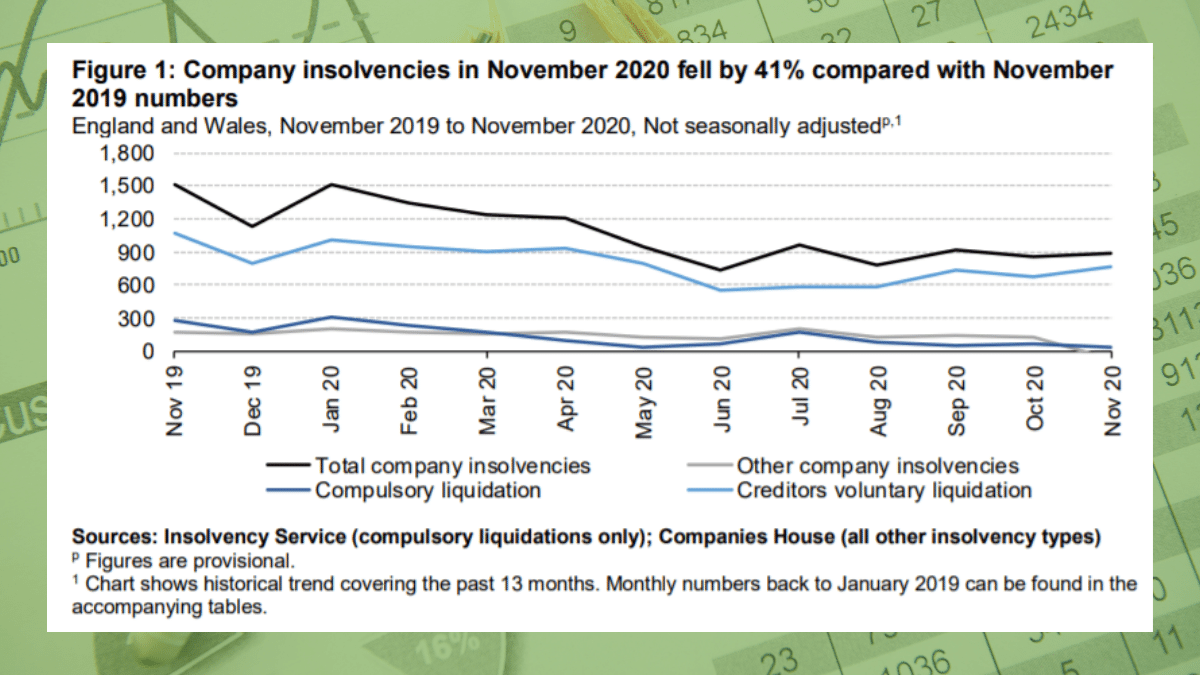Indicators on Insolvency Practitioner You Need To Know
Table of ContentsExcitement About Insolvency PractitionerThe Single Strategy To Use For Insolvency PractitionerHow Insolvency Practitioner can Save You Time, Stress, and Money.The 6-Second Trick For Insolvency PractitionerFascination About Insolvency PractitionerSome Known Details About Insolvency Practitioner The smart Trick of Insolvency Practitioner That Nobody is Discussing
Bankruptcy is when liabilities are above the value of the business, or when a borrower can not pay the debts they owe. A company can end up being financially troubled because of a variety of scenarios that bring about bad money circulation. When confronted with insolvency, a service or person can contact financial institutions directly and restructure financial obligations to pay them off.
Organization owners might speak to lenders directly and restructure financial debts right into more convenient installations. Creditors are usually amenable to this technique because they desire to be paid back and stay clear of losses, also if the repayment is on a postponed schedule.
The proprietor creates a proposition detailing just how the debt might be restructured utilizing price reductions or various other strategies for support. The proposition shows lenders just how the company might produce sufficient cash circulation for rewarding procedures while paying its financial obligations. Usually, a forgiven debt may be taken into consideration income by the Internal Profits Service (IRS).
Unknown Facts About Insolvency Practitioner
When a business has to pay enhanced prices for products and services, the company passes along the cost to the consumer. As opposed to pay the increased cost, many consumers take their business elsewhere so they can pay much less for a product and services. Shedding customers causes shedding earnings for paying the business's creditors.
The company may wind up paying huge amounts of cash in problems and be overcome procedures. When operations discontinue, so does the business's earnings. Absence of revenue leads to unpaid bills and creditors requesting cash owed to them. Some business come to be financially troubled since their goods or solutions don't develop to fit consumers' transforming demands.
Facts About Insolvency Practitioner Revealed
Expenditures surpass profits and costs remain overdue. Kinds of insolvency consist of cash-flow bankruptcy and balance-sheet bankruptcy. Cash-flow bankruptcy happens when a company has the assets to cover their financial debts but they are in the wrong form, such as realty rather than liquid funds. Balance-sheet bankruptcy, on the various other hand, indicates a lack of properties in any type of form to cover financial debts.
The IRS states that an individual is financially troubled when the total responsibilities go beyond overall assets. Insolvency Practitioner. A personal bankruptcy, on the other hand, is a real court order that illustrates how an insolvent individual or business will certainly pay off their financial institutions, or exactly how they will certainly offer their properties in order to make the repayments
Little Known Facts About Insolvency Practitioner.
When a company or individual is insolvent, they can not fulfill their monetary obligations. Insolvency is not the very same as personal bankruptcy, although a business that has become bankrupt might file for insolvency. Bankruptcy is the state of not being able to pay your responsibilities while personal bankruptcy is a legal procedure to discharge your financial debts.
Comprehending the factors that can result in bankruptcy, such as overspending, can help you stop insolvency and its repercussions.
Insolvency Practitioner Can Be Fun For Anyone
It is popular that supervisors and officers of companies (and managers of limited obligation firms) owe fiduciary responsibilities to their Read Full Article organizations and their shareholders (or members). These fiduciary responsibilities are defined by state statutes and, though there are variations from state to state, they generally consist of a task of commitment and an obligation of treatment.
The obligation of treatment calls for supervisors and police officers to work the original source out persistance, to make informed decisions, and to act in excellent confidence so that their actions are in the very best interest of the firm. Past the range of this conversation, some states permit these obligations to be limited either by so keeping in mind in the business records or conforming with other needs.
The Main Principles Of Insolvency Practitioner

Beware about offering shareholders article preferential therapy at the cost of lenders (e.g., licensing and funding a dividend or a stock redemption). Be mindful about advantageous treatment between courses of investors. Clear up efforts to learn all the truths before taking a certain strategy; directors ought to truly believe that any type of decisions made remain in the most effective rate of interests of the firm in its whole (i.e., decisions will certainly be examined in hindsight because of the effect of such activities on the corporation).
In any bankruptcy or insolvency proceeding, settlements made to particular lenders at the cost of various other lenders can be clawed back, especially if there is some link in between the company and the creditor. Consider suggesting at a yearly investor conference (or any other conference of investors) a resolution verifying that all prior company decisions and activities taken by the directors and police officers of the corporation were absorbed good belief after a workout of reasonable care.
The Basic Principles Of Insolvency Practitioner
Fully reveal any type of personal or service connections with celebrations on the other side of purchases including the firm to stay clear of the appearance of a dispute of rate of interest. In assessing prospective fund raising transactions or a sale of properties of the struggling company, realize that these transactions may be scrutinized later on in light of any subsequent development of directors' fiduciary responsibilities to include lenders.